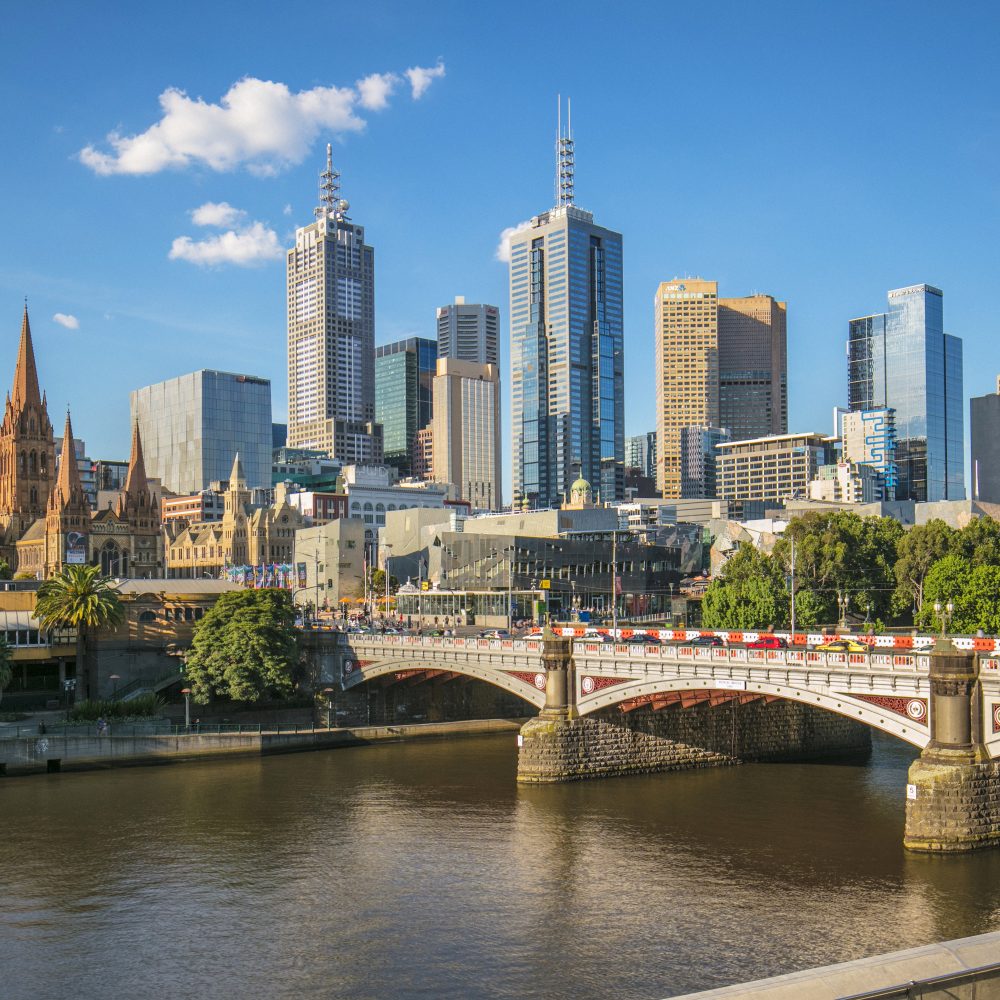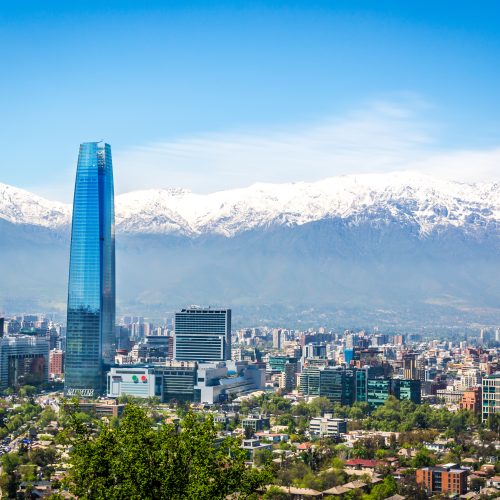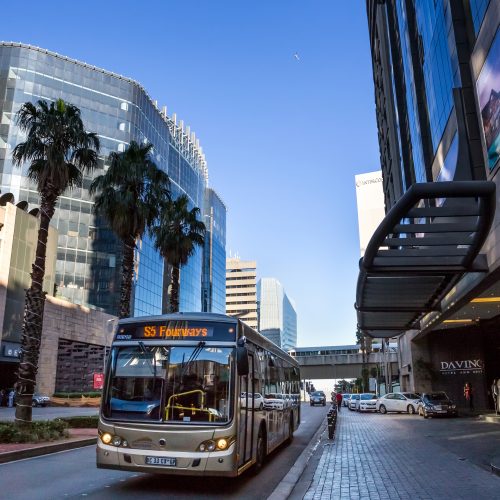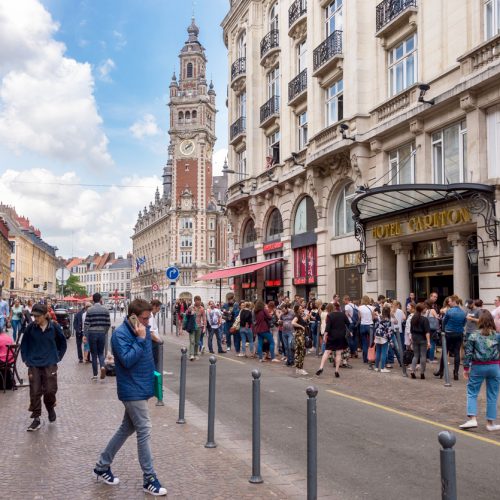Context and policy overview
A strong development market in Toronto has led to a spate of high-rise construction, especially residential condominiums and office buildings. With the establishment of a protected greenbelt area, rising land values, a buoyant real estate market, and population and employment growth, developers have a strong incentive to build projects that are taller and denser than those preferred by local government and city residents.
To address this issue, bonusing in relation to height and density has become an important tool in Toronto’s urban planning over the past twenty years. According to Section 37 of the Ontario Planning Act of 1990, developers are allowed to propose a new building larger than would be permitted by existing land controls, in exchange for the delivery of community benefits.[1]
The provisions of Section 37 usually apply to developments if they have a gross floor area exceeding 10,000 m2 and if the applicant proposes to exceed the permitted density by 1,500 m2 or more and/or increase the permitted height of the building.[2]
Implementation
City leaders and planners use density bonuses to entice private developers to create public benefits.[3]
This has been particularly useful in situations where development will create additional demand on infrastructure or the public realm and where there is a lack of public resources to make improvements. Toronto’s regular use of Section 37 has provided funds for open spaces, public art, affordable housing, and childcare facilities.[4]
Developers and city planning staff negotiate Section 37 benefits on a case-by-case basis. Once the planning team has completed its review, the application for development goes for consideration by the community council. This period includes public consultation and the opportunity to formally register comments about the development and related Section 37 benefits. If approved by the community council, the application goes to the city council to render a final decision. Once approved, the Section 37 benefits are “secured” and the city enters into a formal agreement with the applicant.
Given that restrictive frameworks may hinder development and community-building potential in a city, the negotiation process under Section 37 has remained flexible in order to react to changing market demand and community needs.
Developers can provide the Section 37 benefits through in-kind or cash-in-lieu methods. The city has discretion regarding how to spend cash-in-lieu contributions. Toronto secured around 850 Section 37 benefits in the period from 2009 to 2014. Some 55 per cent of these were in-kind contributions and 45 per cent were cash in lieu.
Barriers and critical success factors
In contrast to many other tools of municipal finance, Section 37 benefits bring benefits primarily to the area affected by the development. As a result, the “density for benefit agreements” (DBAs) are heavily concentrated in the parts of Toronto that have had substantial development activity, especially the downtown core. Hence, the number of benefits has been disproportionately high in wards with the most DBAs, which has led to an uneven distribution of policy outcomes.
Since its inception, the bonusing policy has experienced controversy and criticism from various actors in Toronto. Points of criticism have included the allegedly inconsistent application of the policy, disagreement over how funds should be spent, the tendency to engender poor planning decisions, and a negotiation process that has little public oversight.[5] Critics also note that the community benefits that the policy seeks have not been achieved in proportion to the developments created and their associated externalities.[6]
To tackle these points, the city council adopted a protocol for negotiating Section 37 community benefits through which it encouraged consultation with a variety of stakeholders during the assessment of community benefits. Consultations would be held with elected representatives, city council staff and the local community and decisions would be supported by evidence of community needs from previous studies.[7]
Results and lessons learned
- Over a 15-year period, Section 37 agreements generated more than €220 million in benefits for Toronto.
- The range of benefits secured through the Section 37 process varied widely and included community facilities, parks, road improvement schemes, public transport projects and arts and cultural facilities.[8]
















